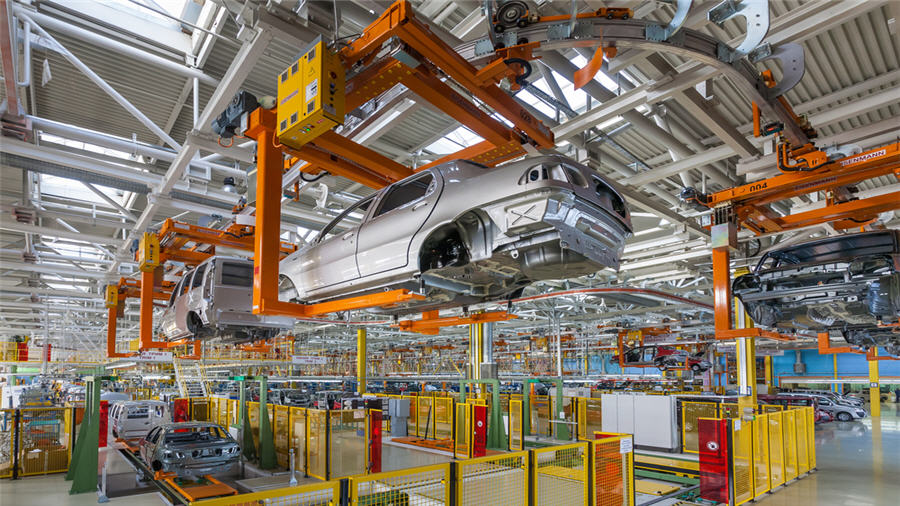Palladium, rhodium deficits set to grow in 2020

Rapidly rising demand from auto makers pushed the global palladium market last year to its biggest deficit for five years and created the first shortfall of rhodium since 2014, materials maker Johnson Matthey said on Wednesday.
It predicted deficits in both metals would grow this year despite record high prices.
Palladium and rhodium are used in catalytic converters attached to vehicle exhausts to reduce harmful engine emissions. Increasingly stringent environmental regulations are forcing auto makers to use more of them.
“Last year saw a 14% rise in global average palladium loadings on gasoline cars, with double-digit growth in both Europe and China,” Johnson Matthey, a leading auto catalyst manufacturer, said in a report.
It said that despite lower vehicle sales in most markets, palladium demand from the auto sector rose 10% in 2019 to 9.7 million ounces and would increase again this year.
Demand from auto makers was likely to rise this year as emissions standards for heavy duty trucks that use more platinum tighten in China and India
That pushed the roughly 10-million ounce a year market – in deficit for most of the last decade – to a shortfall of 1.2 million ounces, Johnson Matthey said.
Consumption of rhodium by vehicle makers rose 14% in 2019 to 1 million ounces, creating a 26,000-ounce undersupply, the report said, adding the 2019 figures were provisional.
Palladium and rhodium are by-products of platinum and nickel mining, making it difficult to quickly increase production.
The roughly 8-million ounce a year platinum market also flipped into a deficit of 203,000 ounces in 2019 after two years of surplus, after investors bought a whopping 1.1 million ounces, the report said.
Platinum is also used in auto catalysts, but is preferred for diesel engines that are less popular after an emissions scandal in 2015. Platinum prices remain near ten-year lows.
Johnson Matthey said use of platinum in auto catalysts dipped 2% last year to 2.9 million ounces and use of the metal in jewellery fell 8% to 2.1 million ounces.
Demand from auto makers was likely to rise this year as emissions standards for heavy duty trucks that use more platinum tighten in China and India, but platinum jewellery fabrication will weaken again, the report said.
It said vehicle manufacturers were becoming more interested in substituting expensive palladium for platinum – something that many investors and analysts expect – but “2020 is still too early to see significant substitution”.
“Unless investor appetites are sustained into 2020, the platinum market could move back into surplus,” the report said.
(By Peter Hobson; Editing by Louise Heavens and Barbara Lewis)
More News
{{ commodity.name }}
{{ post.title }}
{{ post.date }}

Comments